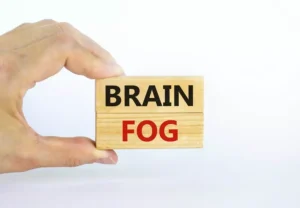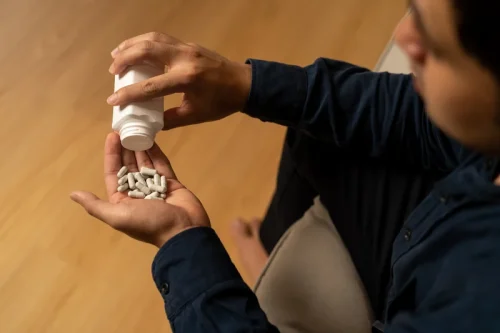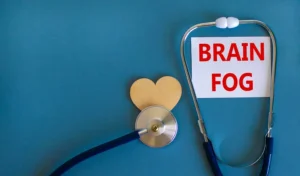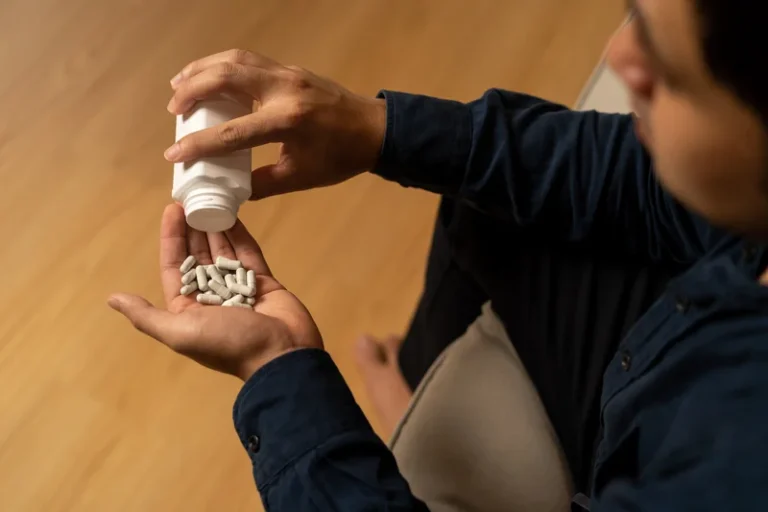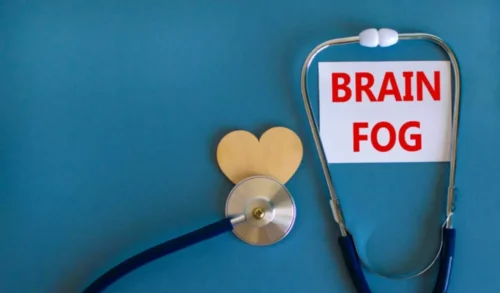Shulgin went on to develop a range of new compounds, including MDMA and PMMA (paramethoxymethamphetamine), many of which ended up as versions of street ecstasy. MDMA was initially developed in 1912 as a pharmaceutical compound that could be used in the preparation of other pharmaceuticals, and it was patented in 1914. But once the drug’s hallucinogenic properties were discovered, further development was stopped for several decades. In 2017, the Food and Drug Administration granted MDMA breakthrough therapy status due to the preliminary evidence of its efficacy in the treatment of PTSD.
Ecstasy (MDMA) Effects
However, many people are unaware of the dangerous effects of MDMA use, which can even lead to potentially fatal overdose. Elevated levels of serotonin and dopamine also play a role in a drug being addictive due to an increase in impulsivity. People have reported experiencing withdrawal symptoms like fatigue and loss of concentration. High doses of ecstasy can cause a spike in your body temperature. This can cause heart, liver, celebrities with fetal alcohol syndrome or kidney failure or even death. There are currently no FDA-approved medications to treat ecstasy addiction.
How to Recognize MDMA
This myth comes from messages broadcast by anti-drug campaigns in the late 1990s/early 2000s. Like drink-driving, driving when high is dangerous and illegal. If you’re caught driving under the influence, you may receive a heavy fine, driving ban, or prison sentence.
Reaching out for help from friends and family can be a great way to gain support. If you communicate your problems about ecstasy and express the desire for help, you can avoid substance use disorders. Although there are no medications to help with addiction to ecstasy, some people who have had issues with ecstasy have reported that behavioral therapy can help.
It can be used by people to increase a feeling of alertness and experience longer periods of happiness fun group activities for substance abuse treatment and may also enhance emotional and sexual relationships. Ecstasy abuse usually begins out of curiosity or experimentation, but continued abuse can devolve into addiction. Signs of addiction include using the drug frequently and being unable to have fun or feel normal without it.
MDMA Myths
- Suicidal thoughts, behaviors, and actions may be the unfortunate result of ecstasy withdrawal.
- Support groups are also essential in maintaining long-term sobriety.
- People have reported experiencing withdrawal symptoms like fatigue and loss of concentration.
It is also known as Molly or Ecstasy, and to a lesser extent, Mandy or Adam. MDMA is also beginning Phase 3 trials with the US FDA for the treatment of PTSD. If you or someone else needs urgent help after taking drugs or drinking, call 999 for an ambulance.
It is important to note that this research is still in the early stages. More research is needed to fully understand the effectiveness of medical MDMA. The medical use of MDMA is highly regulated and only administered by healthcare professionals solutions based treatment in regulated settings. If you or someone you love uses MDMA, it’s important to understand its potential impacts and side effects. We also share signs of usage, how to identify the drug, and what research says about its potential as a therapeutic.
Behavioral therapy teaches you skills to better manage the situations that trigger your need to use ecstasy. Ecstasy should not be taken with other substances like alcohol, cocaine, or marijuana due to its raised risk of health effects. For street use, ecstasy is made illegally in labs with many ingredients, including isosafrole, amphetamine, and caffeine. Note that if a drug is sold as “ecstasy,” it still may not have any MDMA at all. Addictive ingredients are used to make ecstasy, causing you to crave more. Because of the common myth that ecstasy is not addictive, many users deny they have a problem.
Just like other substances of use, ecstasy use induces a state of euphoria. This synthetic drug affects the brain by increasing the activity of three or more neurotransmitters (e.g., dopamine, norepinephrine, and serotonin). Just like every other drug, the effects of ecstasy vary from person to person. Taking ecstasy regularly affects individuals depending on weight, size, health status, and whether the person is used to taking ecstasy.





